Knuckle-walking is a unique form of movement seen in a few animals where they support their body weight on the knuckles of their forelimbs. This adaptation is mainly seen in some primates and prehistoric species, allowing them to move efficiently while protecting their fingers and claws. In this article, we’ll explore what knuckle-walking animals are, list those that use this form of locomotion, and discuss their conservation status, including whether any have gone extinct.
Knuckle-walking is a type of quadrupedal movement where an animal walks on all fours, but instead of placing the palms or soles on the ground, it supports the front limbs on the knuckles. This adaptation is most commonly seen in primates and a few extinct species. The reason for knuckle-walking is often related to the protection of the fingers or claws, especially in animals that need to use their hands for tasks like foraging, grasping, or climbing.
Below are the main animals known for their knuckle-walking behavior:
Scientific Name: Gorilla gorilla (Western Gorilla), Gorilla beringei (Eastern Gorilla)
Conservation Status: Critically Endangered (Western Gorilla), Endangered (Eastern Gorilla)
Habitat: Tropical forests in Africa
Knuckle-Walking Behavior: Gorillas use knuckle-walking as their primary form of movement when on the ground. Their large size makes knuckle-walking an efficient way to support their weight, while allowing them to use their hands for foraging and handling food.
Threats: Habitat destruction, poaching, and disease.
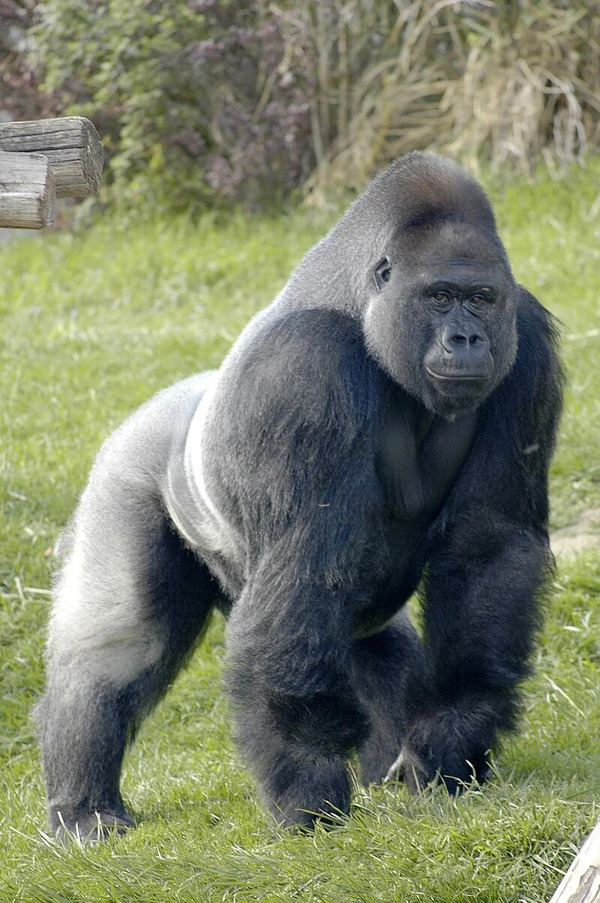
Scientific Name: Pan troglodytes (Common Chimpanzee), Pan paniscus (Bonobo)
Conservation Status: Endangered (Common Chimpanzee), Endangered (Bonobo)
Habitat: Forests and savannas in Africa
Knuckle-Walking Behavior: Chimpanzees are highly intelligent and spend significant time both in trees and on the ground. Their knuckle-walking helps protect their fingers while moving across rough terrain, allowing them to transition between climbing and walking easily.
Threats: Habitat loss, hunting, and disease transmission from humans.
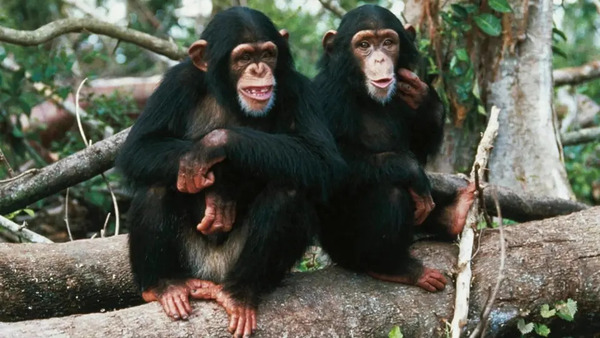
Scientific Name: Pan paniscus
Conservation Status: Endangered
Habitat: Dense rainforests of the Congo Basin
Knuckle-Walking Behavior: Bonobos, closely related to chimpanzees, also engage in knuckle-walking. Although more arboreal than their chimpanzee cousins, they knuckle-walk when on the ground.
Threats: Habitat destruction, poaching, and illegal pet trade.
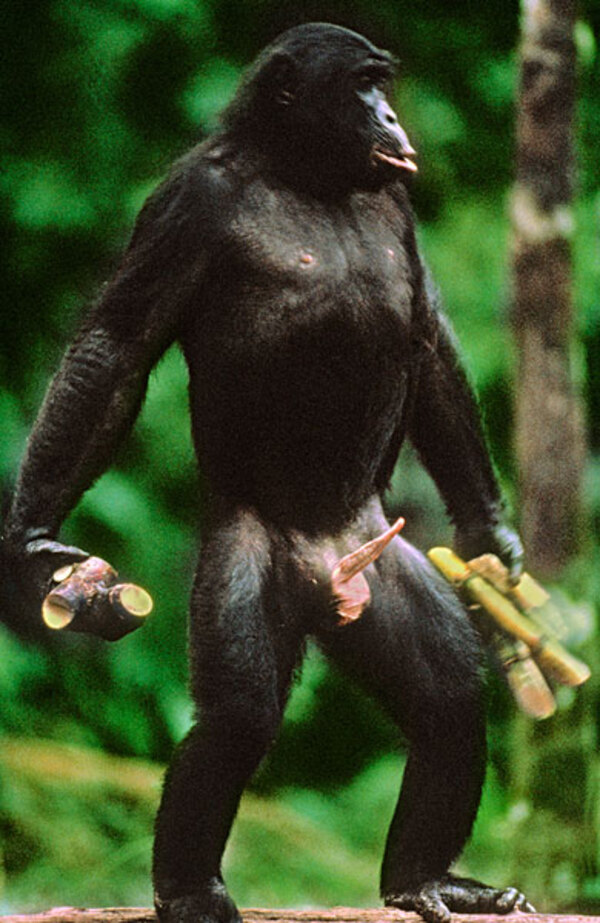
Scientific Name: Pongo pygmaeus (Bornean Orangutan), Pongo abelii (Sumatran Orangutan), Pongo tapanuliensis (Tapanuli Orangutan)
Conservation Status: Critically Endangered (all species)
Habitat: Tropical rainforests in Borneo and Sumatra
Knuckle-Walking Behavior: Orangutans are primarily arboreal, meaning they spend most of their time in trees. However, when on the ground, they occasionally resort to knuckle-walking, though this is rare compared to gorillas and chimpanzees.
Threats: Deforestation, habitat fragmentation, illegal logging, and poaching.
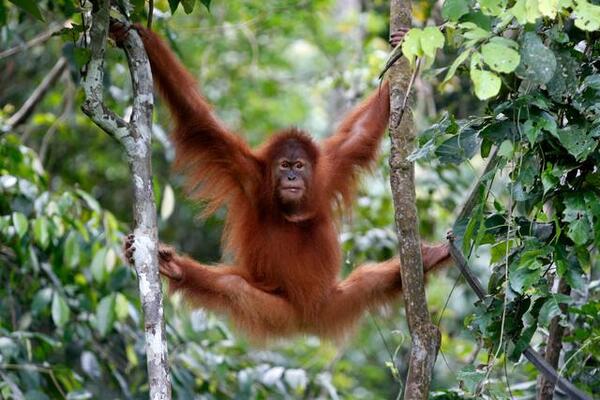
Scientific Name: Chalicotherium (Genus of extinct mammals)
Conservation Status: Extinct
Era: Eocene to Pleistocene (46 million to about 781,000 years ago)
Knuckle-Walking Behavior: Chalicotheres were large herbivorous mammals with clawed forelimbs. They used their knuckles to walk, protecting their claws from wear while moving on the ground. Chalicotheres lived in forests and used their claws for foraging and digging for roots.
Extinction Cause: Likely due to changes in climate, habitat loss, and competition with more adaptable species.
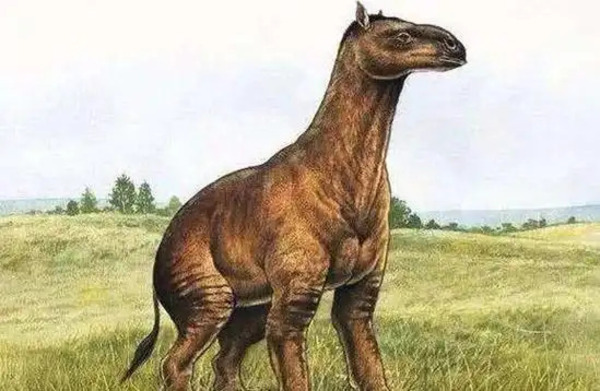
The primary reason for knuckle-walking in animals is the need to protect the fingers, hands, or claws while maintaining stability on the ground. For primates like gorillas, chimpanzees, and bonobos, their hands are essential for tasks such as grasping food, climbing trees, and using tools. Knuckle-walking keeps their sensitive fingers safe from injury or abrasion.
In prehistoric animals like the Chalicothere, knuckle-walking was essential for protecting their claws, which were crucial for their feeding habits. The unique body structure of Chalicotheres—long forelimbs and short hind limbs—made knuckle-walking an efficient way to support their large bodies while keeping their claws functional.
The majority of the knuckle-walking animals listed above are endangered, primarily due to human activities. Habitat destruction, illegal hunting, poaching, and diseases are some of the biggest threats facing these species. Conservation efforts are underway to protect these animals, but their populations are still at risk.
Knuckle-walking is a rare but fascinating adaptation seen in a handful of modern animals and some prehistoric species. Gorillas, chimpanzees, bonobos, and the occasional orangutan use knuckle-walking as a way to protect their hands while moving on the ground. Sadly, many of these animals are endangered, with threats ranging from habitat destruction to poaching. Prehistoric knuckle-walkers like the Chalicotheres have long since gone extinct, but their legacy gives us insight into the diverse ways animals have adapted to their environments. Conservation efforts are crucial for ensuring the survival of these unique animals in the wild.
animal tags: Chalicotheres Orangutans Bonobos Chimpanzees Gorillas
We created this article in conjunction with AI technology, then made sure it was fact-checked and edited by a Animals Top editor.